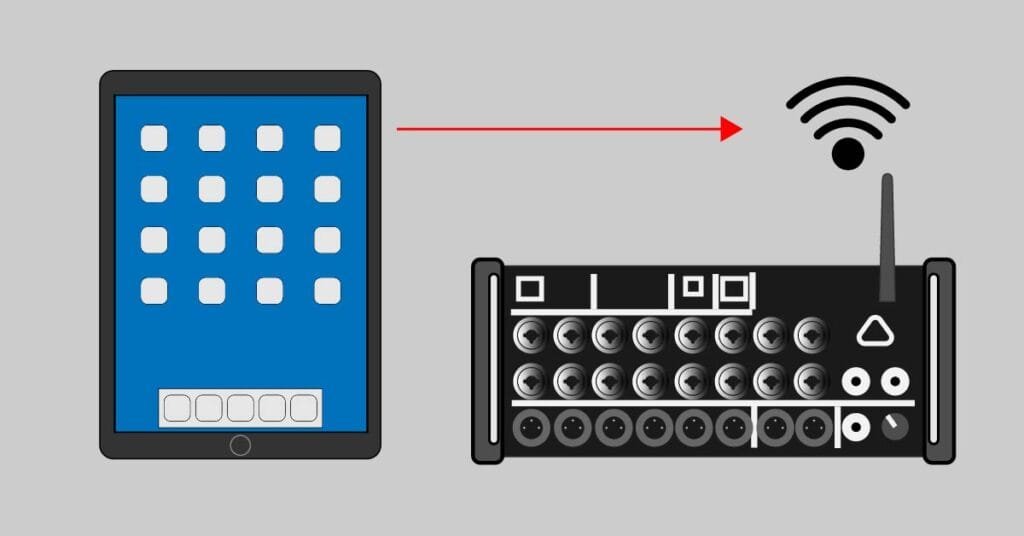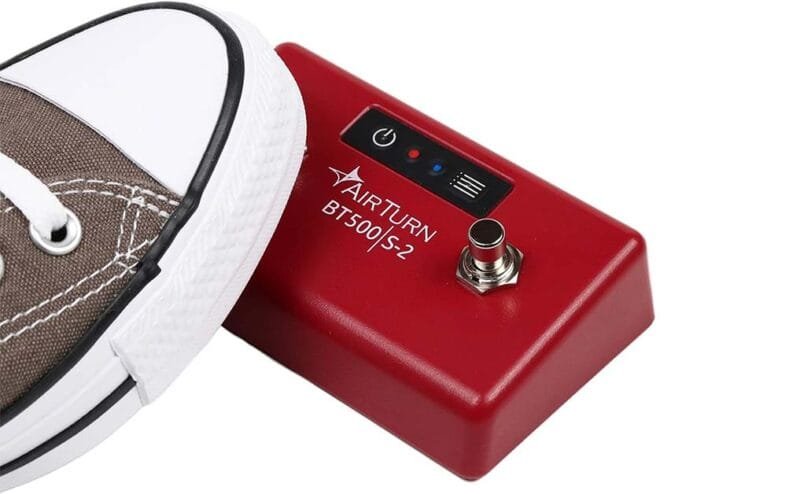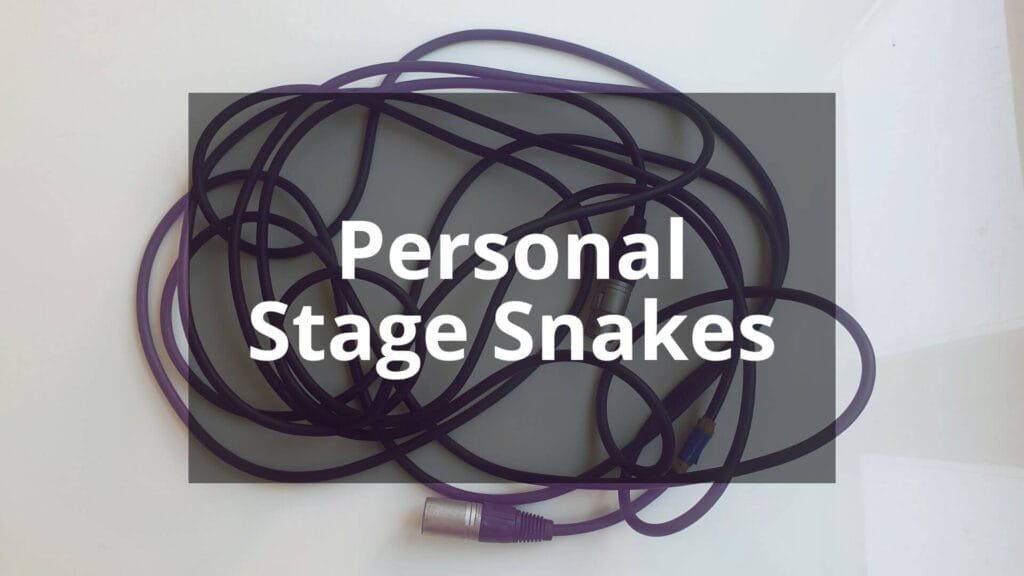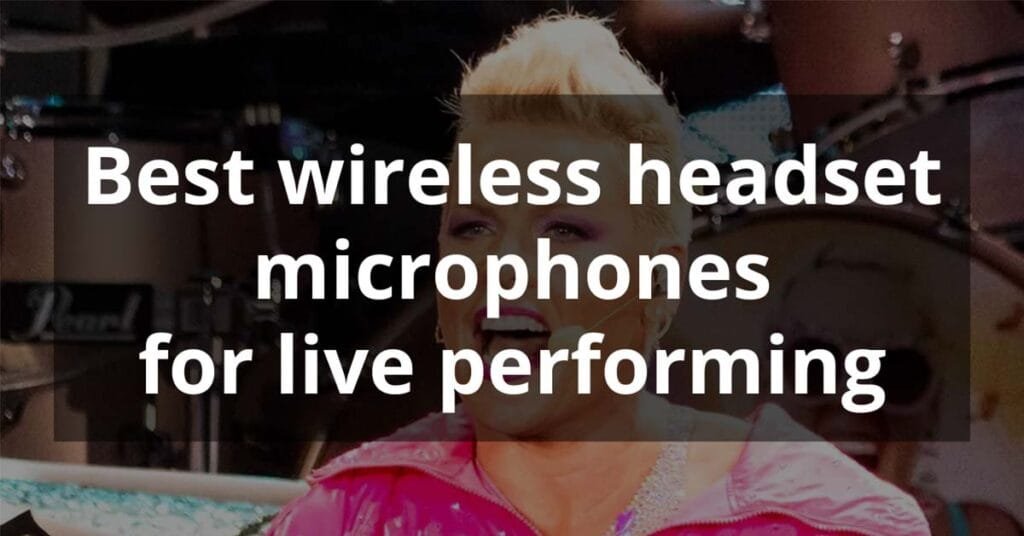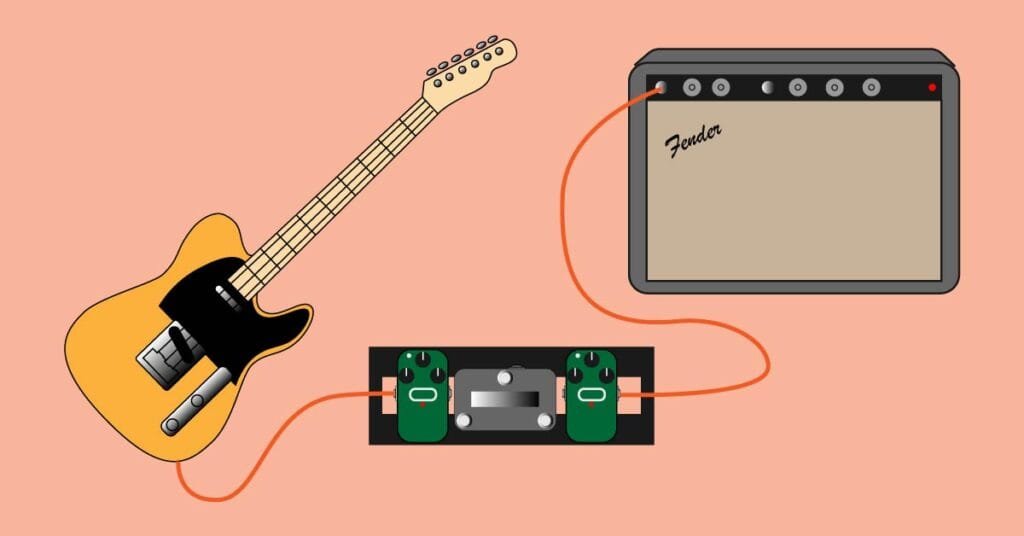Wireless systems for modern musicians: All types explained
Introduction
If anyone were to ask you which part of setup and teardown is the most annoying to deal with, most of us would agree that cables are the winner. What about the show? Messy cables and not being able to freely move around the stage during the concert can be very frustrating, especially if not placed properly. Wireless systems for musicians could be the thing that the modern musician needs more than ever.
The sound quality of wireless systems for musical applications has evolved so much that you can’t tell the difference between using one or using cables.
Here is a guide to all the different musical applications where wireless systems can be used. If you are thinking about where and how to use wireless for your gigs, this is the place to be.
What is a wireless system
A wireless system is any system that replaces a physical cable that connects a microphone or an instrument to a mixer, pedalboard, or guitar amp. The system consists of two main devices, a transmitter, which is connected to the sound source (guitar, microphone,…), and a receiver, which is connected to the mixer or whatever device is responsible for further sound processing.
These two devices are connected via radio frequencies.
How does a wireless system work
We have two main parts, the transmitter and the receiver. As we’ve mentioned they communicate via radio frequencies. There are two types of wireless systems, analog and digital. All instruments produce a sound that is analog and the way it is further distributed is what makes a wireless system analog or digital.
Analog wireless systems
Airwaves have a limited dynamic range. If we were to send the whole analog audio spectrum through radio frequencies we would experience significant audio loss at the receiver. A process called companding solves this problem. Think of it like this. When we send big files via the internet we first compress them into a zipped file which is later unzipped by the recipient. This is exactly what companding does for audio. The signal is first compressed on input and then transmitted via radio frequencies from the transmitter. When this compressed signal reaches the receiver it is once more expanded to its original form.
Digital wireless systems
Digital audio signals, on the other hand, do not have issues with losing quality when transferred wirelessly due to dealing with ones and zeros that are as we know always the same. Because of this digital wireless systems don’t have to use companding as there is no loss of information.
Analog signal enters the transmitter which then digitalizes the analog signal. This digital signal is then transmitted as digital via radio signals to the receiver which then transforms the digital signal into analog once more.
Since there is no loss, a digital wireless system can transmit the full dynamic range and frequency response which results in a more accurate signal of the original one.
Analog and digital wireless systems compared
Analog wireless systems
- Zero latency
- Can work in a wide bandwidth. This means it is possible to use more wireless units than when using a digital system
- Encryption is not possible
- Can be affected by other radio frequencies – interference
Digital wireless systems
- Spectral efficiency
- Latency is the main downside
Pros and cons of using wireless systems
Pros
1. Freedom of movement
Mobility is the main advantage why many musicians choose to buy a wireless system. Having the ability to freely move or run and jump around the stage as some do, is almost impossible with a cable tangling around your body and feet.
This is also a huge advantage because it allows you to hear yourself playing or singing through the PA if you’re doing the mix during soundcheck by yourself.
2. Less equipment – no cables all around the place
The number of wireless systems being used equals to the number of cables we are using less during the gig. That also means less work to do before and after the gig, as well as less obstacles on the stage.
No tripping over cables and collapsing guitars anymore!
3. Versatility – same system can be used for multiple purposes
You have a wireless that you are using for your guitar during concerts. If you play more than one instrument you don’t have to necessarily have a wireless for each guitar i.e. You can simply unplug the one you’re using and plug it into the other guitar.
4. Improved sound quality
Back in the day, wireless systems were not as embraced by musicians as today. Their sound quality was poor and there were issues with connectivity. Today, with advanced technology these issues are not a problem anymore. Sound Quality is improved so much that the difference between wired and wireless is undetectable. New products also offer a very sophisticated scanning technology so that you will always be able to find a strong available frequency to work with.
Cons
1. Interference
Interference is not such a problem as it used to be with older technology, but it is always possible. Better-quality wireless systems are always a choice for professionals who want to avoid interference as much as possible.
Other wireless devices, cellphones, and Wi-Fi networks are all a potential risk for interference between the transmitter and the receiver. Frequency bands may get overcrowded when gigging, so a scan or manual change of frequency is a good practice before every show.
2. Latency
The latency or delay of sound is something that cannot be avoided in a wireless system. But that doesn’t have to be a problem since the human ear can’t detect it under certain values. Any latency between 5 – 10 milliseconds is considered acceptable, but most quality devices work with latency lower than 5ms which is practically non-detectable for humans.
3. High cost
Any wireless system for live performances costs something, even the cheapest one. So there you go: the cheapest one costs much more than an average cable which makes wireless systems an additional investment. But if playing professionally, avoid buying cheap products. They are made for people who just want to have some fun playing wireless at home or at an occasional gig at the local bar.
4. Battery life
Running out of battery life is not something you want during your gig. All transmitters and some receivers run on batteries or are chargeable. This is something that has to be checked regularly, so it can be a little downside with wireless. Always have spare batteries and if your system is a chargeable one, check on it regularly.
5. Limit of range
Wireless systems have a limited operating range. As with most parameters, the operating range is directly defined by the price of a wireless system. The higher the price, the longer the range of a device.
If you need to move all across the stage during gigs you will need a good-quality wireless system with a decent operating range and a stable signal that won’t be easily interrupted by obstacles. luckily, with new technologies being implemented, many good quality products are available at affordable prices these days.
Wireless systems for modern musicians: Types by application
Not all musical instruments can benefit from using wireless systems. The main reason some instruments use them is the advantage of musicians being able to freely move on stage and the absence of cables in the area where they move.
A drummer or keyboard player can’t move away from their instrument while playing it. Except for the keytar keyboard and marching-style drums.
1. Vocals
We’ve all seen wireless microphones used on stage for decades. Singers and presenters alike will often be seen using a handheld, headset, or lavalier wireless microphone. Microphones are the most used instrument when it comes to wireless on stage.
Handheld microphones
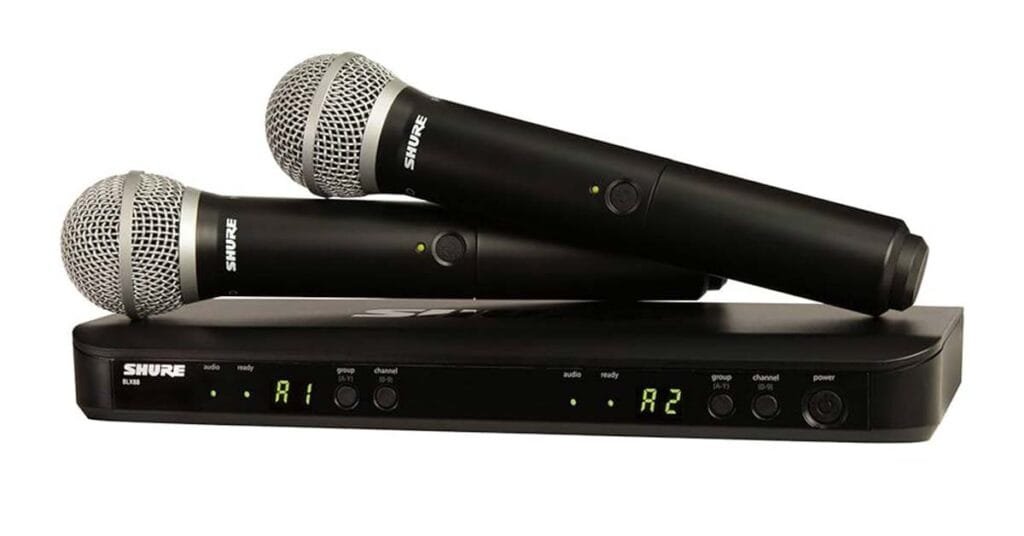
Shure BLX288PG58
Dual Channel Wireless Handheld Microphone System
Handheld microphones are the most often used type of wireless microphone. Either being used held in hand or on a mic stand a handheld-type wireless microphone can make a huge difference for your stage performance.
Headset microphones
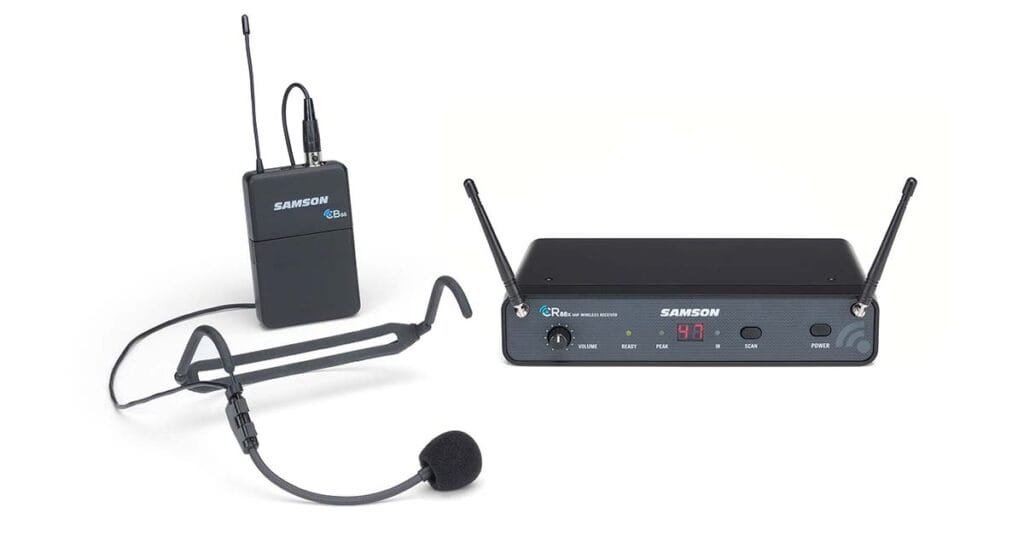
Samson-Concert-88x-HS5-Headset-System
Headset Wireless System with HS5 Headset Microphone
Headset wireless microphones are used by musicians who need extra freedom to move or dance while on stage. Drummers also can benefit from using them. Presenters are usually seen wearing this type of wireless microphone since they use their hands a lot for communication with their audience. The same goes for worship applications.
Lavalier microphones
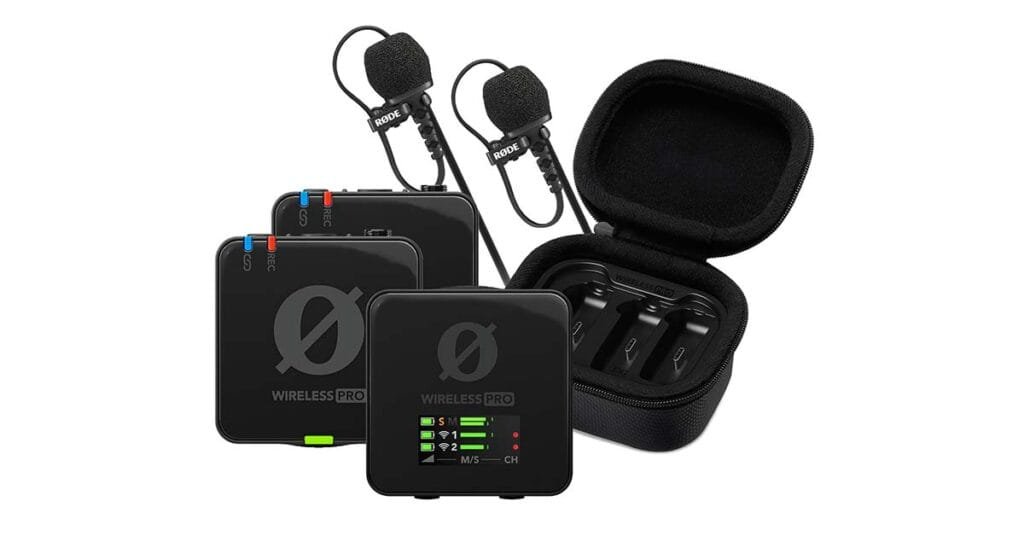
RODE Wireless PRO Compact
Wireless Microphone System with Timecode, 32-bit Float On-board Recording, 2 Lavalier Microphones, and Smart Charge Case for Filmmaking and Content Creation
Lavalier wireless microphones are sometimes used as an alternative to headset microphones when a microphone has to be used unobtrusively. TV presenters are usually seen using lavalier wireless microphones.
2. Guitars & Bass
Well OK, maybe you don’t see a bass player playing wireless as often as a guitarist. That doesn’t change the fact that playing wirelessly is as convenient as it gets for all types of guitars, even if they have only four strings!
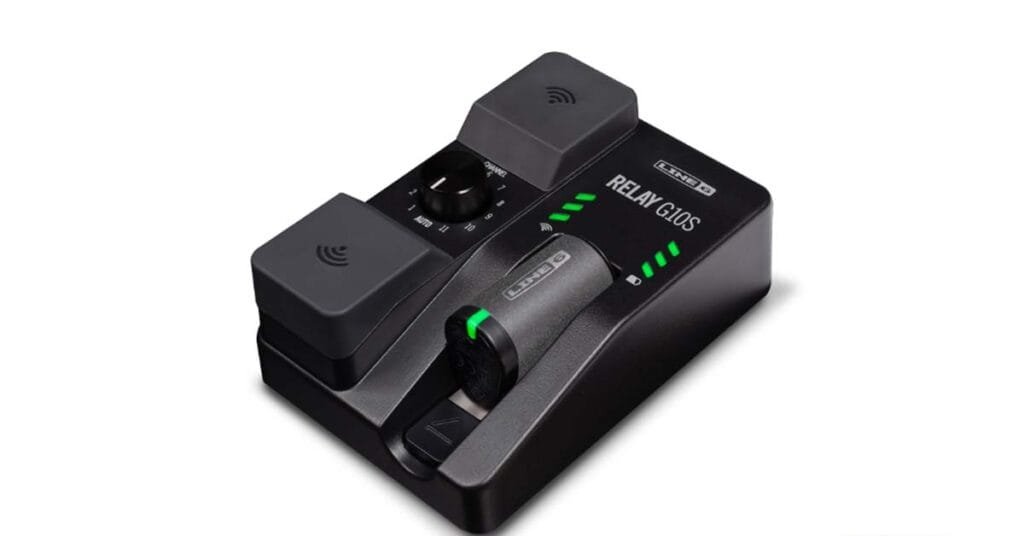
Line6-relay-G10S
2.4 GHz Wireless system for guitar and bass
3. Brass instruments
Saxophone, trumpet, or trombone players are using wireless for their instruments more often than not. They have the freedom of movement and don’t need to worry about the distance between the instrument and the microphone which changes the volume of the instrument in FOH.
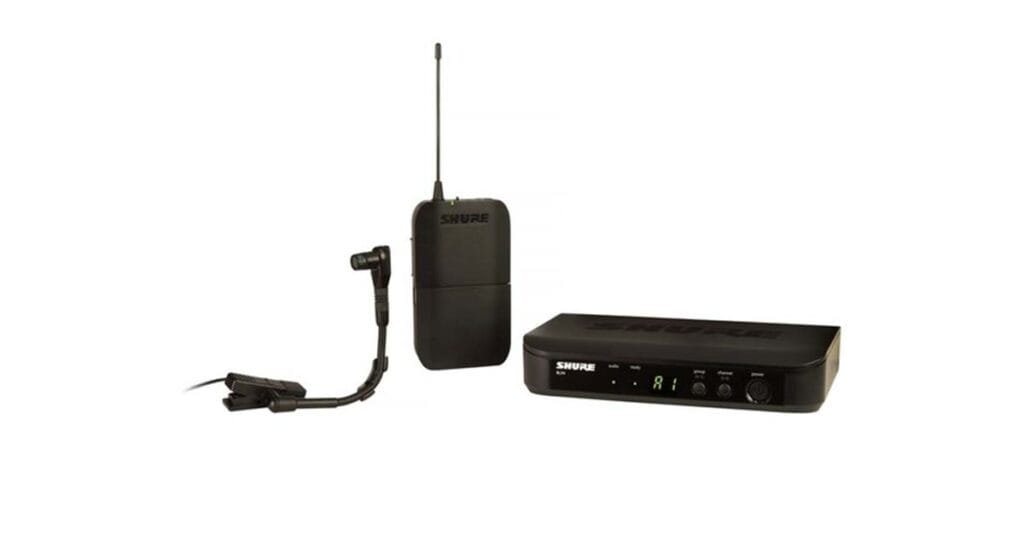
Shure BLX14-B98 S8
Wireless Microphone System suited for brass instruments
4. In-ear monitoring
Having an in-ear monitoring system is a great way to reduce unwanted feedback on stage and makes your playing experience an easy one. You also get to control the volume of your monitoring by yourself to your personal taste.
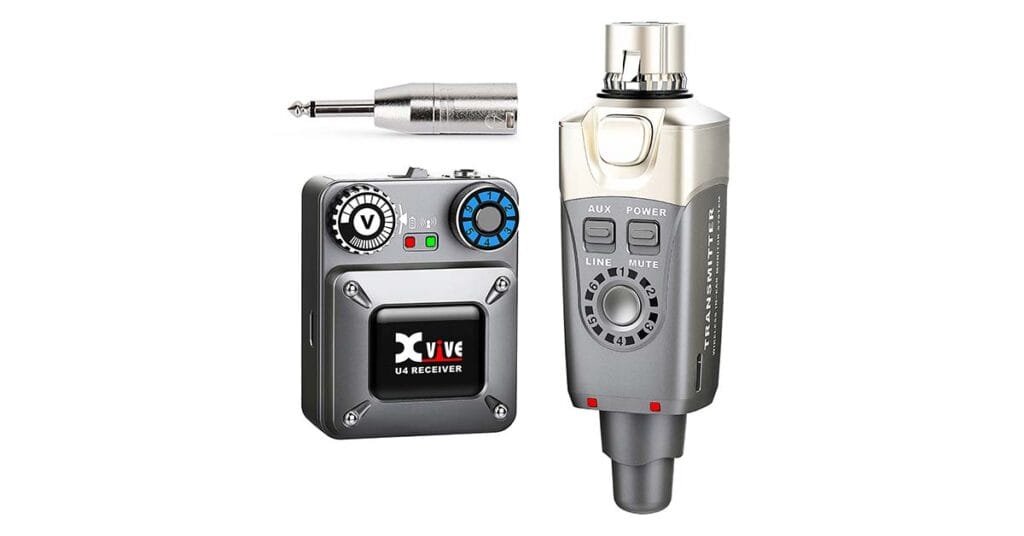
XVive U4 Monitor Wireless System
5. Lighting
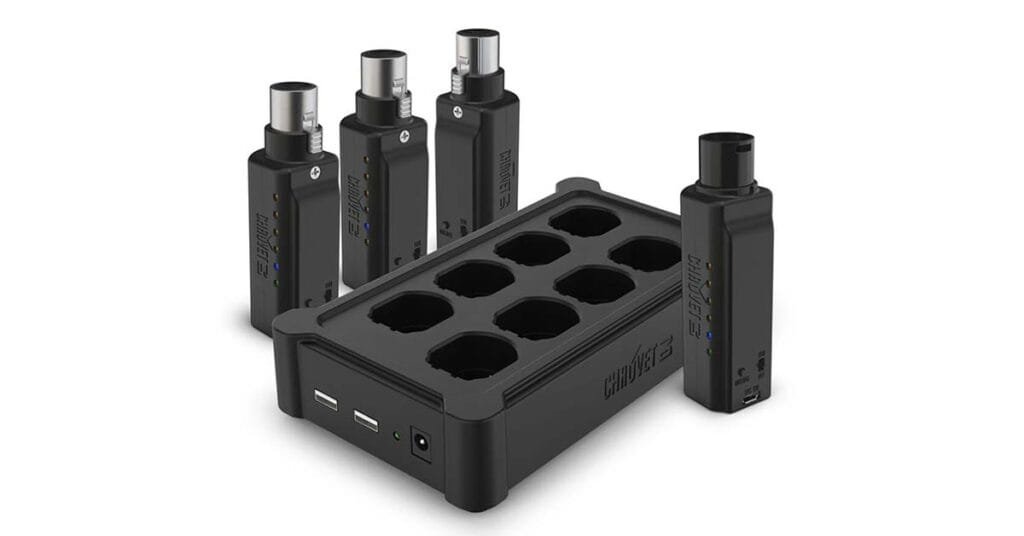
Chauvet DJ D-Fi XLR Pack
Set for Wireless DMX Communication
When we mention wireless systems for use on stage, very few of us would think that we can also control our lighting system wirelessly. Plugging all those DMX cables from one light fixture to another can take some time, not to mention when there is a faulty cable and the trouble you have to go through to find it and replace it. What if it happens during a gig! A wireless DMX system makes all those cables go away, and if there is a problem with one of the receivers, it will not affect the other ones.
6. Mixers
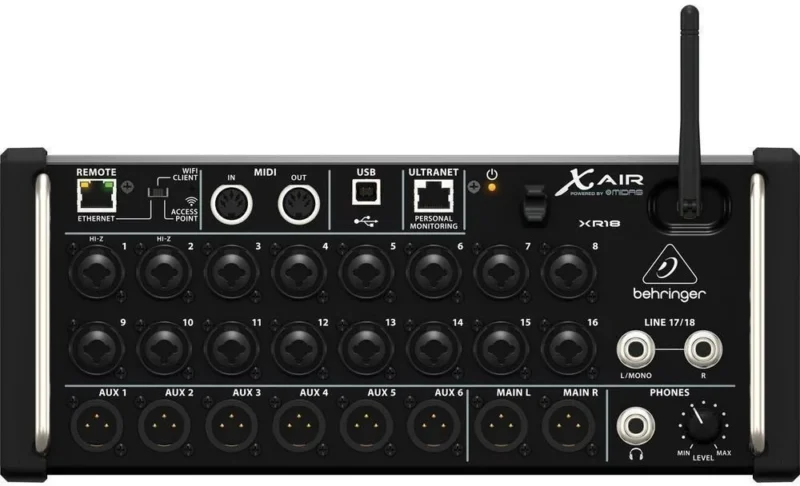
Behringer X Air XR18
- 18-Channel Digital Mixer
- Remote controlled via built-in router with Wi-Fi, Ethernet and multi-channel USB audio interface
Soundcheck from the audience’s perspective is the best place to be while doing it. And the best thing about wireless mixers, is no strings attached!
7. Tablet networks
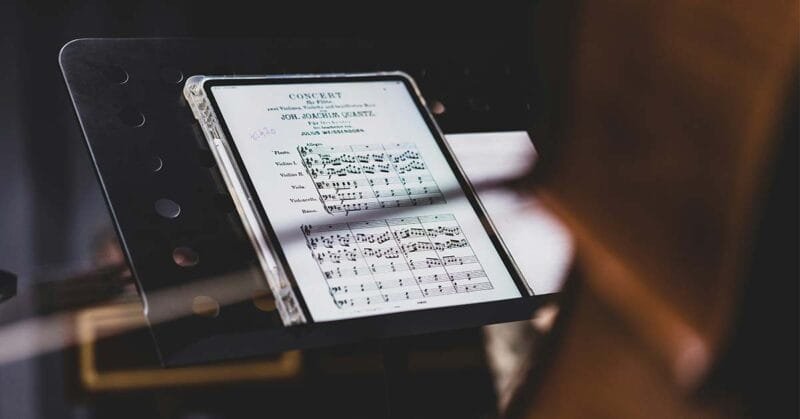
Musicians are more and more using tablets for reading lyrics and setlists during gigs. A very helpful feature is when all the band members have a tablet on stage and they all connect together forming a band network via Wi-Fi. That way when the leader changes a song, everyone’s tablet also sees the change.
8. Wireless controllers for tablets
These small devices can make a huge difference when using a tablet with an app for live gigs. I use the Onsong app and have an AirTurn-PEDpro Bluetooth pedal which allows me to change songs with my feet, so I don’t have to take my hands off my guitar to seamlessly play songs.
Conclusion
Wireless systems have become a standard for many musicians around the world. The advancement in technology has brought us systems that are of the same, and sometimes better sound quality than their cabled counterparts.
We could say that if freedom of movement on stage and time efficiency is a priority for you, you should definitely embrace this technology. New wireless systems are better than ever, offering better sound, range, and stability, and also importantly, are not as expensive as they used to be.
In this article, we have mentioned various applications where wireless technology is being used for gigging. Some were obvious, others not that much. I hope this list will help you with finding the wireless system that will help you the most for your future gigs.
